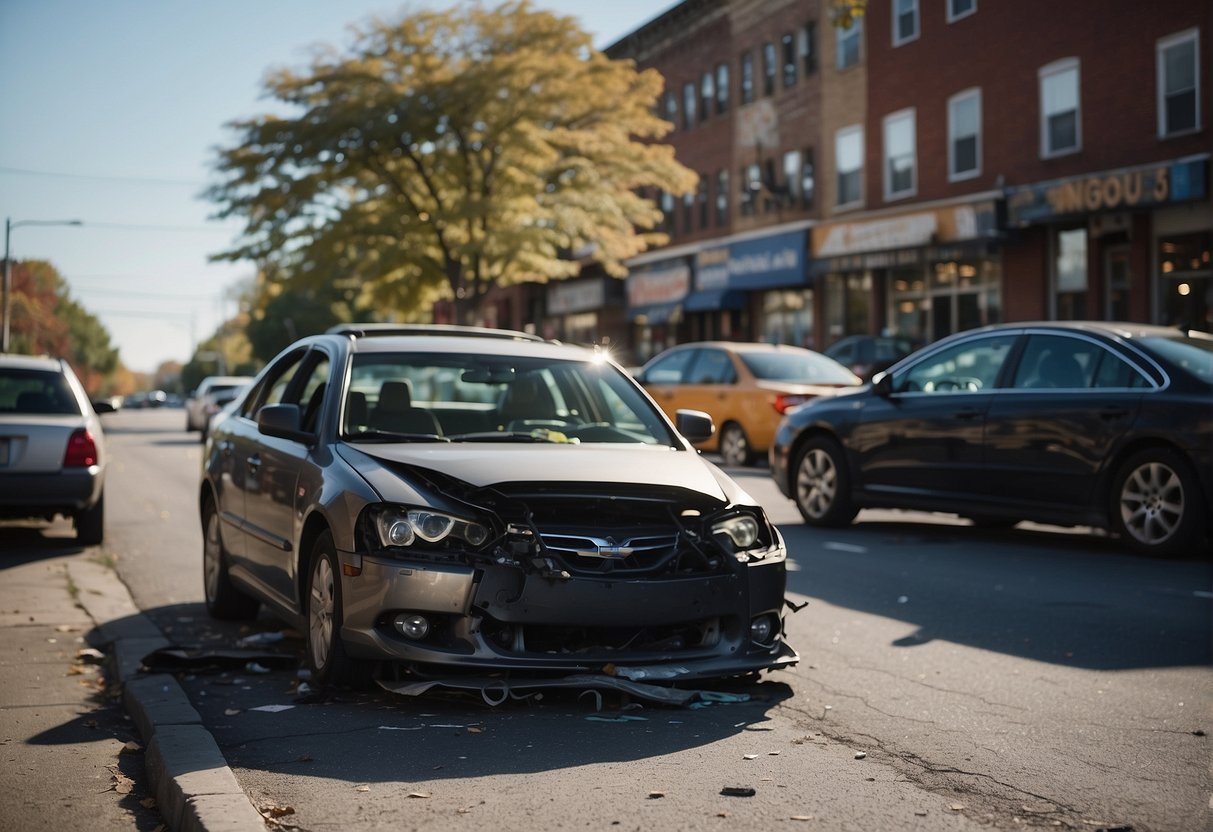Staten Island, with its unique blend of city streets and suburban areas, presents a mix of driving conditions for its residents. Whether one is navigating through the busier North Shore or the more tranquil South Shore, knowing how to stay safe on the roads is paramount. Adhering to safety guidelines significantly reduces the risk of accidents and ensures a smoother commute for all.
Understanding the specific requirements for Passing the Road Test is just the beginning. Beyond legal prerequisites, drivers must be continuously aware of their surroundings, local weather patterns, and the varying driving behaviors that come with them. From adapting to the icy conditions in winter months to managing the surge of traffic during summer beach days, staying alert and cautious is key to road safety.
Given Staten Island’s crime rates, which put it in the 51st percentile for safety, road safety extends beyond vehicular accidents. Staying safe also means being vigilant about parking locations and navigation through less familiar neighborhoods. Comfort on the road comes from a combination of personal preparation and education on local road conditions.
Understanding Road Safety in Staten Island
To ensure the safety of both drivers and pedestrians on Staten Island, it is crucial to have a firm understanding of the traffic laws, recognize common road hazards, and adapt to the local weather conditions.
Traffic Laws and Regulations
Staten Island motorists are required to adhere to New York state traffic laws to maintain safety on the roads. One must be at least 16 years old and hold a valid learner’s permit for no less than six months before attempting the road test. A pre-licensing course is also mandatory for all aspiring drivers. The vehicle used for testing must meet the New York DMV’s safety requirements including valid insurance and registration. Should a motorist find themselves in an accident, consulting a Staten Island car accident attorney can help navigate the aftermath within the bounds of local laws.
Common Road Hazards
Identifying and reacting to road hazards is essential. Staten Island’s streets can present challenges such as sudden stops in traffic, construction zones, and double-parked vehicles. Additionally, intersections around school zones and areas with high foot traffic demand vigilant driving. With a crime rate where Staten Island ranks in the 51st percentile for safety, drivers should remain alert and considerate, as crime can contribute to unintended road hazards. Strategies to circumvent these risks involve maintaining a safe distance from the vehicle ahead and staying focused on the surroundings.
Weather Considerations
Staten Island experiences a variety of weather conditions that can affect road safety. During winter months, snow, ice, and slush can create slippery surfaces, reducing tire traction. Spring and summer bring rains that can lead to hydroplaning if vehicles are not equipped with appropriate tires or if drivers fail to adjust their speed accordingly. It is vital for drivers to monitor the weather forecasts and prepare their vehicles for the corresponding conditions. Regular checks on tire pressure, oil levels, and brakes are part of prudent vehicle maintenance that can avert accidents caused by weather-related issues.
Accident Prevention and Response
In Staten Island, staying safe on the road involves proactive accident prevention and knowing the appropriate steps to take after an accident occurs. Maintaining safe driving practices significantly reduces the risk of road incidents, and understanding how to react post-accident ensures the safety and rights of all involved parties.
Safe Driving Practices
Drivers in Staten Island can enhance road safety through a series of safe driving practices:
- Regular vehicle maintenance: Keep the car in good working order to prevent breakdowns and malfunctions.
- Adherence to traffic laws: Observe speed limits, traffic signals, and road signs to avoid collisions.
- Defensive driving: Stay vigilant and prepare to react to the actions of other drivers or potential hazards.
- Avoiding distractions: Do not text, eat, or engage in other activities that take attention away from driving.
What to Do After an Accident
After an accident on Staten Island, there are critical steps drivers should follow to ensure everyone’s safety and secure necessary information:
- Check for injuries: Prioritize the well-being of all involved and call for medical assistance if needed.
- Move to safety: If the vehicles are operable and there are no serious injuries, move to the side of the road to prevent additional risks.
- Exchange information: Collect names, insurance details, and contact information from the other parties.
- Document the scene: Take photos and notes about the accident, and collect witness statements if possible.
- Report the accident: Notify the police, and file a report for documentation purposes.
- Contact a Staten Island car accident attorney: Seek legal advice to understand rights and options moving forward.
If you have any additional questions about how to avoid car accidents and otherwise stay safe on the roads, we encourage you to reach out to a local legal expert.

